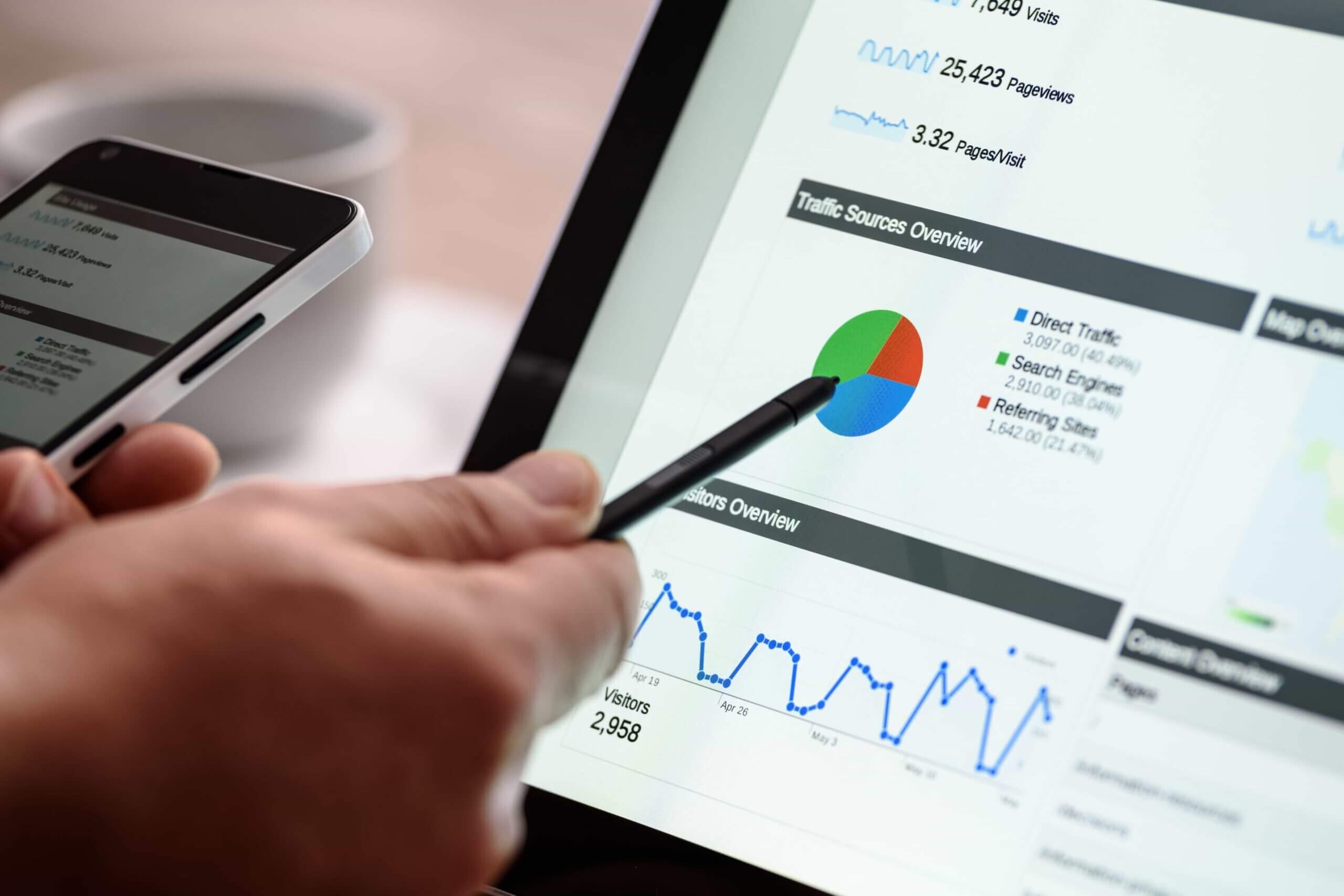Descriptive statistical analysis is the foundation of quantitative research. It helps researchers summarize, organize, and interpret large datasets in a meaningful way using simple mathematical tools. Whether you’re working on consumer behaviour, health sciences, education, finance, or environmental studies, descriptive statistics is the first step toward making sense of your data.
In this blog, we we’ll walk you through how to conduct descriptive statistical analysis with step-by-step guidance and examples from various research domains.
What is Descriptive Statistical Analysis?
Descriptive statistics involve methods for summarizing and organizing the information in a data set. Unlike inferential statistics (which draw conclusions about a population based on sample data), descriptive statistics focus on what the data shows.
Key components include:
- Measures of Central Tendency: Mean, Median, Mode
- Measures of Dispersion: Range, Variance, Standard Deviation
- Frequencies and Percentages
- Data Visualization: Charts and graphs (e.g., bar charts, histograms, pie charts, etc.)
Practical Example of Descriptive Statistical Analysis
Sales Analysis in Retail
A retail store collects daily sales data to track performance. Descriptive statistical analysis helps the store manager understand:
- Average Daily Sales: Using the mean to know typical sales.
- Sales Variation: Analyzing the standard deviation to see fluctuations in sales.
- Best-Selling Products: Identifying the mode to know which product sells most frequently.
Step-by-Step Guide to Conduct Descriptive Statistical Analysis
Step 1: Organize Your Data
Before any analysis, clean and structure your data. Use software like SPSS, Excel, R, Python, or SAS to manage the data.
Example (Healthcare):
In a study on patient satisfaction at a hospital, start by organizing responses from 300 patients across age, gender, waiting time, and satisfaction score.
Step 2: Use Frequencies and Percentages (for categorical data)
This is useful to understand how many observations fall into each category.
Example (Marketing Research):
A survey on preferred online payment methods reveals:
- 40% prefer UPI
- 30% use credit cards
- 20% use net banking
- 10% use wallets
Use a pie chart or bar graph to visualize this distribution.
Step 3: Calculate Measures of Central Tendency (for numerical data)
- Mean (Average): Add all values and divide by the number of values.
- Median: Middle value when data is sorted.
- Mode: Most frequently occurring value.
Example (Education Research):
In a study of high school students’ math test scores:
- Mean score = 72
- Median score = 75
- Mode = 80
This tells us about the typical performance and any skew in data.
Step 4: Analyze Measures of Dispersion
These indicate how much the data spreads out from the mean.
- Range = Highest – Lowest score
- Variance = Average squared deviation from the mean
- Standard Deviation (SD) = Square root of variance
Example (Financial Research):
If the monthly expenses of small businesses in a city range between ₹25,000 to ₹90,000, calculating standard deviation helps understand which businesses have more fluctuating expenses.
Step 5: Use Cross-tabulations (for bivariate analysis)
Useful for identifying relationships between two categorical variables.
Example (Social Science):
In a study on Brand Preferences among different Generations:
| Generation | Brand A | Brand B | Total |
| Millennials (Y) | 56 | 45 | 101 |
| Zoomers (Z) | 64 | 55 | 119 |
| Total | 120 | 100 | 220 |
Cross-tabulation helps identify how preferences change across generations.
Step 6: Visualize the Data
Visuals like histograms, scatter plots, line graphs, and box plots help interpret the patterns clearly.
Example (Environmental Research):
To analyze air quality index (AQI) levels across 12 months, a line graph can show monthly trends and seasonal peaks.
Practical Examples from Different Domains
1. Consumer Behaviour (E-commerce):
- Mean monthly spending of customers on online gadgets.
- Mode of preferred delivery method (home delivery, pickup).
- Standard deviation in satisfaction scores across different cities.
2. Public Health:
- Median age of patients visiting a diabetes clinic.
- Frequency distribution of BMI categories (underweight, normal, overweight).
- Range in blood pressure readings before and after treatment.
3. Education:
- Average GPA of students in different majors.
- Cross-tabulation of gender and preferred learning method (online/offline).
- Histogram of attendance rates across departments.
4. Finance:
- Mean annual income of households by region.
- Standard deviation of returns across investment types.
- Pie chart showing proportion of expenditure on different needs (rent, food, insurance).
5. Tourism Research:
- Average length of stay of tourists by country of origin.
- Mode of travel method (air, rail, road).
- Variance in tourist satisfaction scores for eco-tourism sites.
Conclusion
Descriptive statistical analysis is a critical starting point in research. It allows you to understand your data, detect patterns, and set the stage for deeper analysis. No matter the field—marketing, medicine, education, or finance—these basic techniques give you a clear snapshot of your data and help inform decisions or future hypotheses.
Remember: always let the data speak first through descriptive analysis before jumping into more advanced techniques.









Leave a Reply